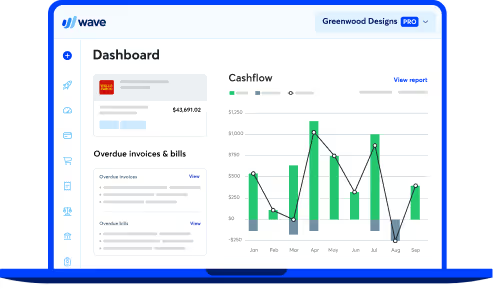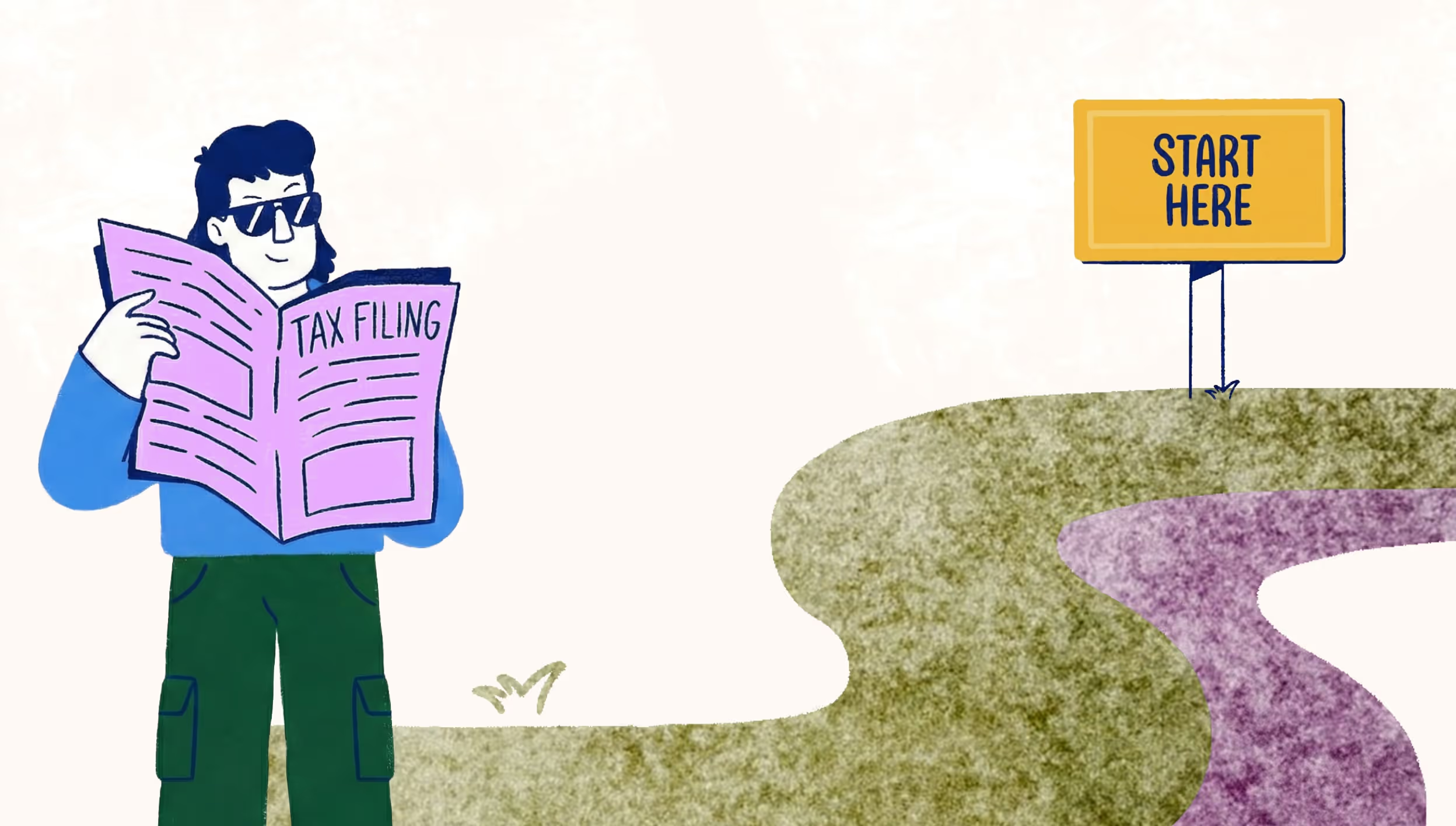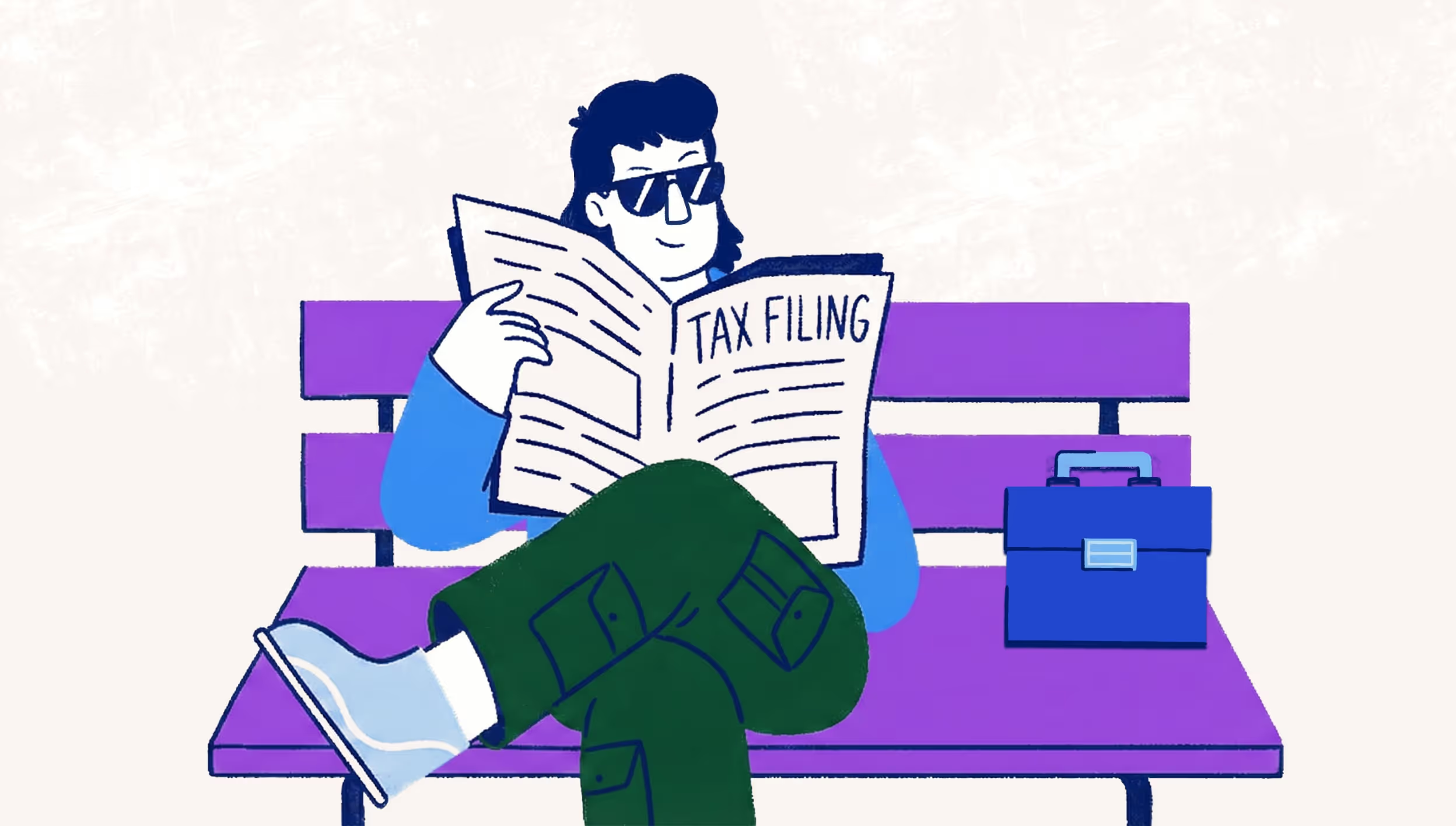
What is a pro forma invoice and what is it used for?
A pro forma invoice is an agreement between you and your buyer that outlines expected costs and purchase details. But here’s the thing: it’s not really an invoice at all.
We know what you’re thinking: Why is business ownership so confusing sometimes? Unfortunately, we don’t have the answer for that, but we can tell you that it can get easier. Especially when you ask the right questions, like: What is a pro forma invoice? Is it even an invoice at all? If a pro forma invoice falls in a forest but a business owner doesn’t hear it, did it really fall?
We’ll get into all of it and more in this article. (Except that last question, of course. 🤔)
What is a pro forma invoice?
A pro forma invoice is not an invoice, but rather a preliminary bill that’s sent to a customer or client to outline estimated costs, terms of the sale, and any other important information about the transaction, like delivery and fees.
A pro forma invoice is sent to request payment before goods or services are delivered. It can help the customer understand what they’re getting, how much it will cost them, and when to expect what they’re paying for.
What is a pro forma invoice used for?
Have you ever heard the saying “communication is key”? Turns out, that’s not just for your relationships, but your business accounts, too.
In that sense, you can think of pro forma invoices as a way to transparently communicate aspects of a transaction like costs, dates, and fees. Knowing everything upfront gives your buyer the opportunity to ask questions and even negotiate.
For example, if your pro forma invoice outlines a delivery date that doesn’t meet your customer’s immediate needs, they may ask for you to cover the delivery fee you’ve noted in the invoice to give them a better deal.
P.S. These nice-to-know details are also crucial for international relations and shipments. 🌎 While a pro forma invoice isn’t required for anything going over the border, it’s helpful for your client to see an estimate of what they’re buying by including info like the estimated price, product overview, quality and quantity, and payment type. You can use our free estimate template to quickly build an easy-to-read estimate for your customers.
How are pro forma invoices different from sales invoices?
A pro forma invoice is different from a sales invoice in one major way: a pro forma invoice doesn’t get you paid, but a sales invoice does. Here’s a breakdown of their differences:
How to make a pro forma invoice
Making a pro forma invoice is as simple as creating a final invoice.
That means you can use any document maker, like Microsoft Office or Google Docs, to manually make a pro forma invoice, or you can use a free pro forma invoice template.
Alternatively, you can use invoicing software to make creating and sending pro forma invoices even easier.
What to include on pro forma invoices
When you’re wondering what to include on your pro forma invoices, think of it as any regular invoice.
It should include an overview of the goods or services that will be delivered, the total cost including factors like fees and duties, as well as:
- A unique invoice number
- Date issued and when the fees are due
- Details about your company (name, address, contact) and the same details about your customer
- Payment details, like how long the price is valid and payment terms
- The expected VAT (Value Added Tax)
Lastly, remember that although it may look like it, your pro forma invoice is not a formal invoice. Ensure your document clearly states this fact, so a customer is clear about the document. A simple phrase like “This is not a tax invoice” can clear that up.
Example of a pro forma invoice
Pro forma invoices can be created for many reasons.
For instance, imagine you’re a painter who’s been commissioned by Town Hall to create a mural depicting the city’s mascot, Butterball the Basset Hound. In your pro forma invoice, you would outline the estimated final price and the payment terms, which, in this scenario, outline full payment after the work is complete—no matter how realistic in form Butterball appears to be.
Once your client agrees to the terms and cost, you’ll invoice them at the end of your masterpiece. In this example, you captured Butterball and every single one of his jowls perfectly. And as the cherry on top, not only does your client pay you in full and on time, they create a day in your honor and give you the key to the city. See the power of a detailed pro forma invoice? 📝

Start sending pro forma invoices now
Before you start sending out all of your pro forma invoices, remember this key fact: they’re not a formal invoice. They’re what’s called a “good faith” agreement between you and your customer that outlines the estimated payment and its details of the proposed transaction.
When you’re preparing a pro forma invoice, make that clear. You can use a phrase like “Not an official invoice.” Software, like Microsoft Word or Google Docs may even provide you a watermark option on your invoice to showcase this.
Speaking of software, there’s plenty out there to help you create your next pro forma invoice. Wave (hi, that’s us!) can help you, and any document maker, like the ones we mentioned above, are good for the basics, too.
Pro forma invoice FAQS
When are pro forma invoices issued?
Send a pro forma invoice when you have a committed customer who’s ready to purchase, but needs to review the transaction details before confirming their order of goods or services. Once that happens, they can receive a formal invoice.
What does pro forma mean?
The Latin translation for pro forma is “as a matter of form” or “for sake a form.” That means it’s like a formality or provided as a courtesy to satisfy the basic needs of a client or customer.
Are pro forma invoices legally binding?
No, pro forma invoices are not legally binding. Although they cover a lot of the same information as a formal invoice, they’re more like an estimate. This means that what’s on the pro forma invoice shouldn’t be recorded as accounts payable or your accounts receivable.
Can a pro forma invoice be canceled?
No, a pro forma invoice does not need to be canceled. That means if a customer decides not to go forward with the purchase, there’s nothing you need to do on your end. And because a pro forma invoice is not a legally binding document, your potential client won’t owe you anything after the fact.
(and create unique links with checkouts)
*While subscribed to Wave’s Pro Plan, get 2.9% + $0 (Visa, Mastercard, Discover) and 3.4% + $0 (Amex) per transaction for the first 10 transactions of each month of your subscription, then 2.9% + $0.60 (Visa, Mastercard, Discover) and 3.4% + $0.60 (Amex) per transaction. Discover processing is only available to US customers. See full terms and conditions for the US and Canada. See Wave’s Terms of Service for more information.
The information and tips shared on this blog are meant to be used as learning and personal development tools as you launch, run and grow your business. While a good place to start, these articles should not take the place of personalized advice from professionals. As our lawyers would say: “All content on Wave’s blog is intended for informational purposes only. It should not be considered legal or financial advice.” Additionally, Wave is the legal copyright holder of all materials on the blog, and others cannot re-use or publish it without our written consent.


























